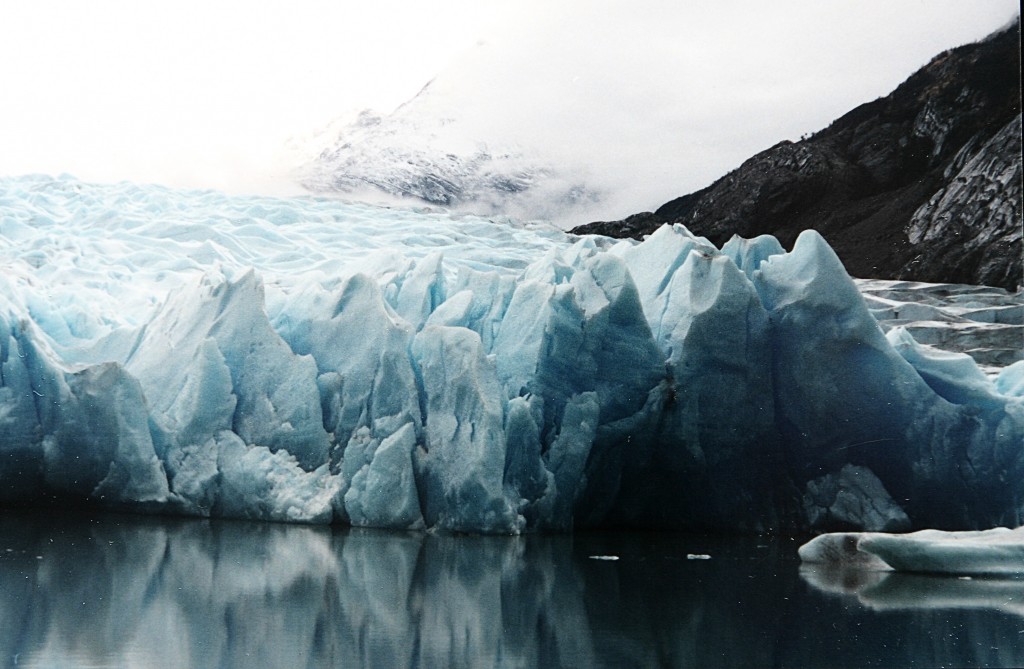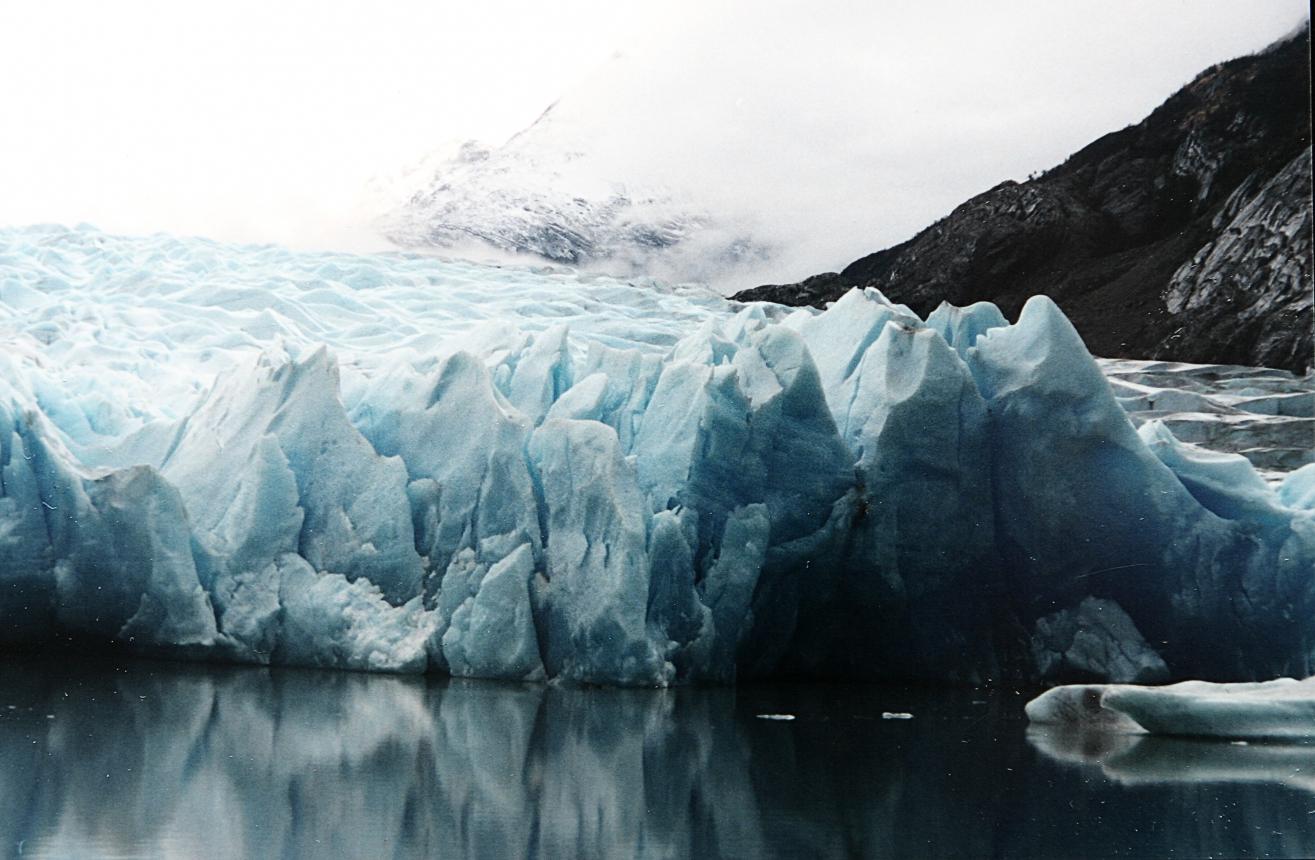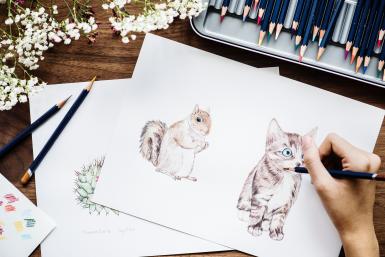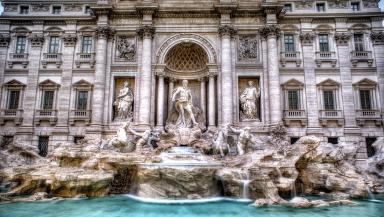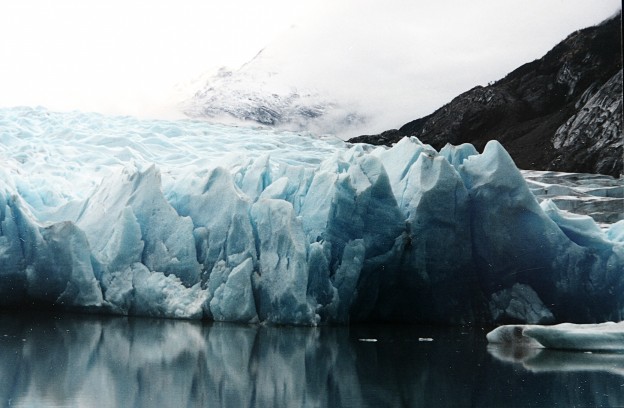
Tips for photographing ice
Winter officially starts on December 1st, though some parts of the UK have already experienced some snowy encounters. To ensure you’re fully prepped for the photography opportunities that the colder weather brings, today we’re sharing a few tips for photographing ice. Close up, far away, melting or freezing, ice is a really interesting subject and one that can create some fantastic personalised canvas prints for gifts this season. Here’s how you get started…
The Kit
• In the cold, batteries can perform less well, so beware of battery problems. Some cameras incorporate special features to counter this, but it always pays to have an extra set with you
• A tripod, for achieving that super steady shot
• Tweezers for moving interesting icy objects such as leaves or twigs
• Hand warmers, so that you can ward off the shakes
• Warm clothing to help you battle the elements
• A plastic bag or card to diffuse light
• A macro lens, to help you get close to patterns in the ice
• A polariser, which helps cut glare
What to photograph, where
When the temperature drops, the changing state of water produces potential art everywhere! Wrap up warm and head outdoors to observe puddles frozen on the pavement, which can contain interesting air bubbles, trapped items like twigs and leaves or teeny tiny cracks in unusual patterns. Some of the most interesting ice forms at the edges of ponds, lakes and waterfalls, so if you live nearby one be sure to pay them a visit. Don’t forget the safety first message though – photograph ice from a safe spot and don’t be tempted to move out onto the ice.
Getting the shot
Photographing anything in one vast colour can be difficult. With ice, your camera can under or over exposure for the large white or black areas produced by ice, which can make it difficult to capture details. Be sure to correct your histogram regularly to manually correct this with exposure compensation or you could end up with a grey photograph instead of nice, crisp white ice. To create detail or capture more detail in your images you could try side lighting or putting card or even a plastic carrier to use. Finally, if you want to take a wider landscape shot rather than an up close icicle, check if your camera has a snow scene mode.
Does your outdoor photography usually take a backseat during colder weather or do you take the opportunity to get up close and personal with the ice and snow and its impact? We’d love to see some of your winter snaps, why not tweet us over at @ParrotPrint.
